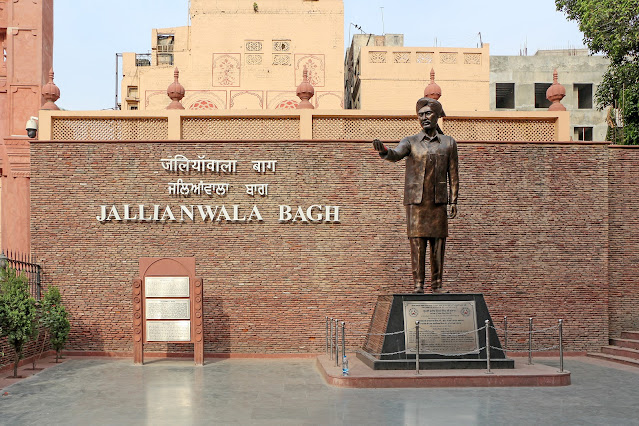Qutub Minar: An Iconic Monument of India's Rich Cultural Heritage

Qutub Minar is a UNESCO World Heritage Site and one of the most iconic monuments in India. Located in the southern part of Delhi, it is a towering masterpiece of Islamic architecture and a testament to the rich cultural heritage of India.

The tower is made of red sandstone and marble, and is 73 meters tall, making it one of the tallest towers in the world. The tower has five stories, each with a balcony that offers panoramic views of the surrounding area. The tower is decorated with intricate carvings and inscriptions, including verses from the Quran and the history of the tower.

Another notable feature of the Qutub Minar complex is the Iron Pillar, which stands near the mosque. The pillar is a 7-meter-high iron column that has stood for over 1,500 years without rusting or corroding. The pillar is a marvel of ancient metallurgy and has fascinated scientists and historians for centuries.
Today, the Qutub Minar and its surrounding complex are a popular tourist destination and are visited by thousands of tourists every year. The tower and the surrounding buildings are a testament to the rich cultural and architectural heritage of India, and are an important part of the country's history.
The Qutub Minar complex also includes several other notable structures, including the Alai Darwaza, which is the southern gateway to the complex. The Alai Darwaza was built by Alauddin Khilji in the 14th century and is considered to be one of the most beautiful examples of Islamic architecture in India.

Another interesting feature of the Qutub Minar complex is the Madrasa and the Tomb of Imam Zamin. The Madrasa was a medieval Islamic school, while the Tomb of Imam Zamin is the tomb of a Sufi saint who lived during the 15th century.
The Qutub Minar complex is not only a historical monument but also a cultural hub in Delhi. It is a popular venue for cultural events, such as music and dance performances, which are held on the grounds of the complex. The Qutub Festival, held annually in November, is a popular event that showcases the rich cultural heritage of India.
Overall, the Qutub Minar is a must-visit destination for anyone interested in Indian history, architecture, and culture. Its towering presence, intricate carvings, and rich history make it one of the most iconic monuments in India and an important part of the country's heritage.
The Qutub Minar is not only a significant historical monument but also has religious importance for Muslims in India. It is considered to be a symbol of the conquest of Delhi by Muslim rulers and the establishment of Islam in the region. As a result, the tower is often visited by Muslim pilgrims, who come to pay their respects and offer prayers.

Visitors to the Qutub Minar complex can also enjoy exploring the nearby markets, which offer a range of handicrafts, textiles, and jewelry, as well as street food stalls serving local delicacies.
To fully appreciate the history and beauty of the Qutub Minar, it is recommended to hire a guide who can provide insights into the architecture and history of the monument. Visitors can also opt to take a self-guided audio tour of the complex, which is available in several languages.
Overall, the Qutub Minar is a must-visit destination for anyone traveling to Delhi. Its towering presence, rich history, and cultural significance make it one of the most iconic monuments in India and an important part of the country's heritage.







Post a Comment